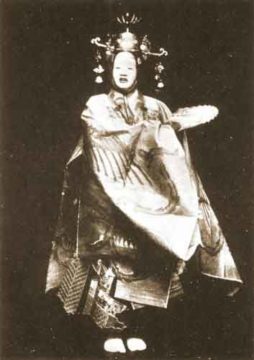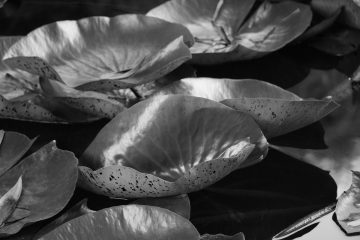by Leanne Ogasawara
The masked actor walks slowly forward. Pausing, he ever so slightly tilts his head upward. The audience is astonished; for with that tiniest upward tilt of his head, the facial expression of the mask is transformed –and he now appears smiling. How had these mask carvers, now long dead, managed to create these works of art that appear so different depending on the angle they are viewed?
The Noh theater is often cited as being the longest continuously-performed theater tradition in the world—with masks considered to be amongst the finest ever created.
Attending a performance, the first thing you might notice is the way time itself immediately slows down and takes on a stretched-out quality.
You suddenly have time to notice all kinds of things.
Like how long it takes the actor to walk toward center butai stage from the curtain. Several years ago, I worked on a translation on the traditional Japanese walking style, Nanba aruki. Commonly associated with Edo period samurai dramas, the style is to walk with knees slightly more bent and to move the arms as little as possible—But if moved the right arm moves in tandem with the right leg, the opposite of modern styles of walking.
At first, it was surprising to realize that people might not have always have walked like we do now. But some people think this nanba aruki style is healthier since hips and shoulders move together, rather than opposed. Also, I learned that because the center of gravity is lower due to slightly bent knees with feet gliding on the surface, it is an effective way of moving through marshes or other tough terrain. Read more »


 by Leanne Ogasawara
by Leanne Ogasawara